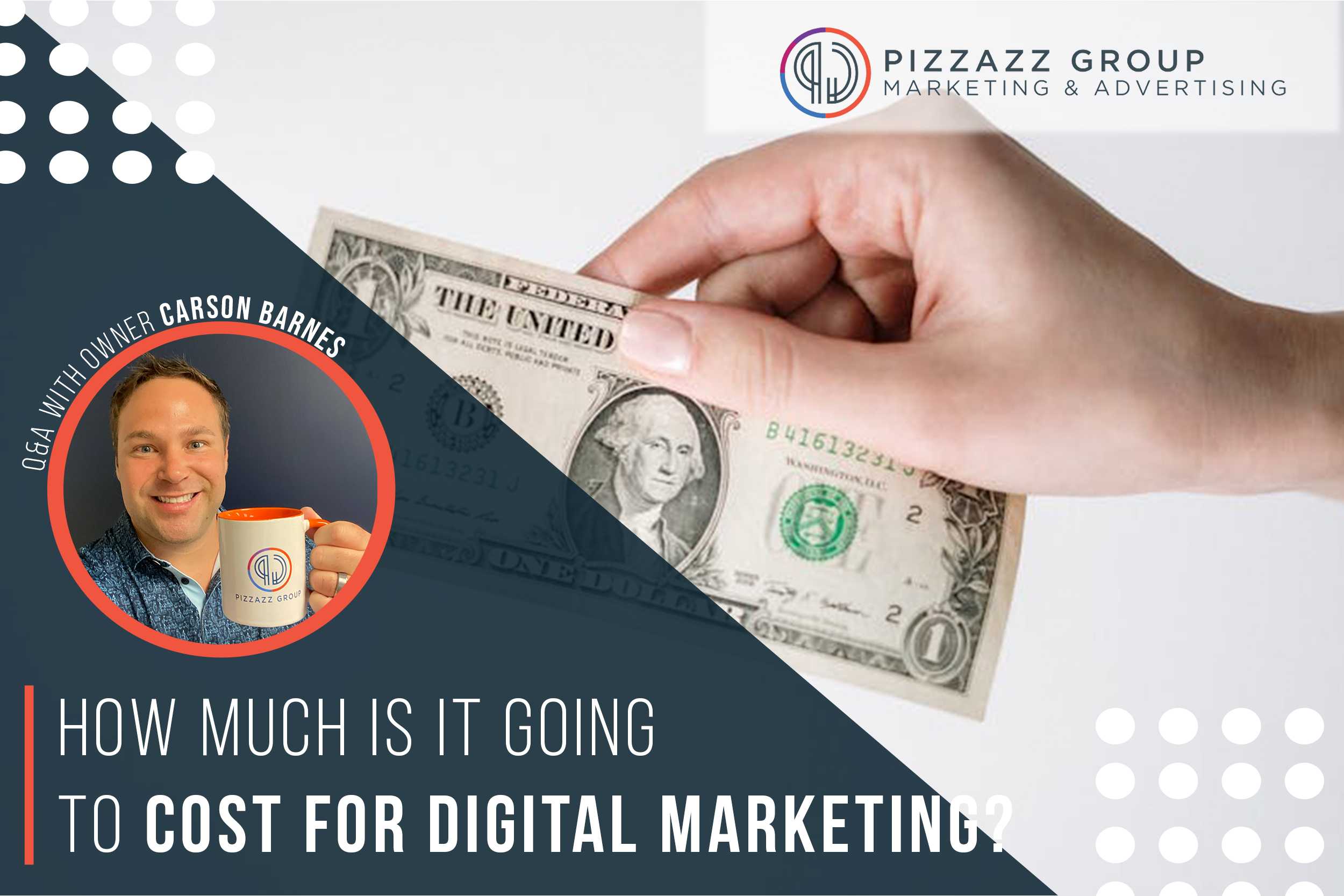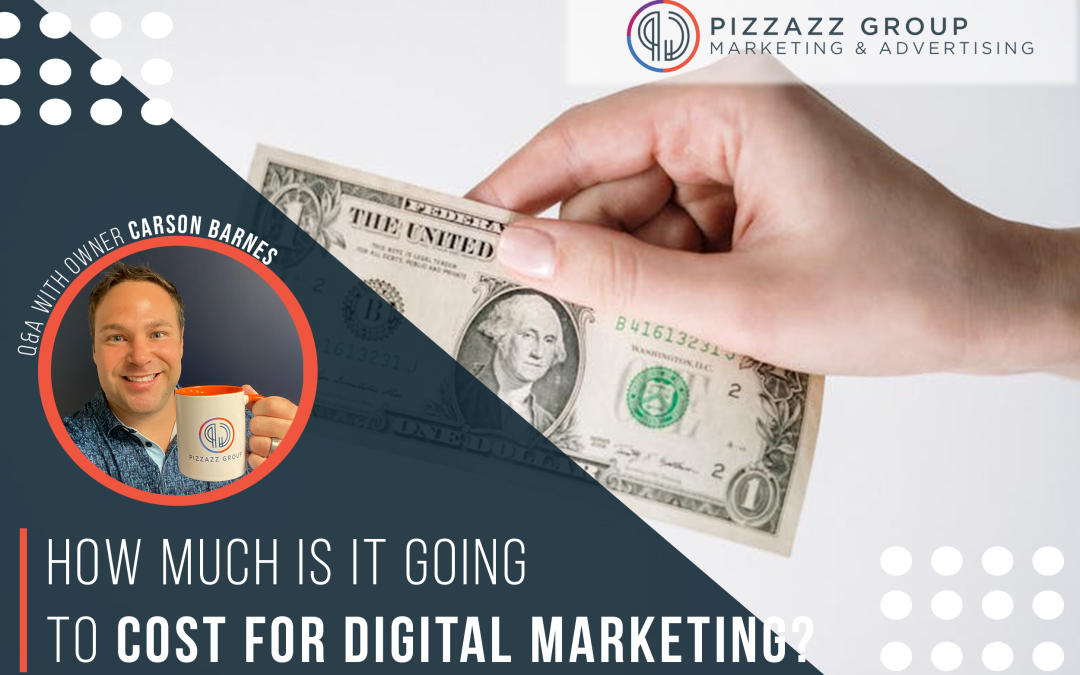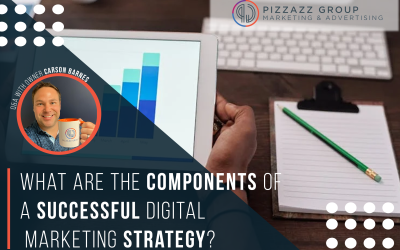
Understanding Digital Marketing Costs
Understanding Digital Marketing Costs

1. Type of Digital Marketing Activities
Search Engine Optimization (SEO)
SEO focuses on optimizing your website and content to rank higher in organic search engine results. Costs for SEO can vary based on:
• Content Creation: Costs associated with creating high-quality, SEO-optimized content such as blog posts, articles, and infographics.
• Technical SEO: Expenses related to improving website structure, mobile-friendliness, page speed, and other technical aspects.
• Link Building: Investment in acquiring backlinks from reputable websites to improve domain authority and search rankings.
Pay-Per-Click Advertising (PPC)
• Ad Spend: Budget allocated for placing ads on platforms like Google Ads, Bing Ads, Facebook Ads, and LinkedIn Ads.
• Keyword Competitiveness: Costs vary based on the competitiveness of keywords you’re targeting.
• Targeting Options: Expenses related to targeting specific demographics, locations, interests, and behaviors.
Social Media Marketing
• Content Creation: Expenses for creating and publishing content such as images, videos, stories, and sponsored posts.
• Paid Advertising: Budget for promoting posts, running targeted ads, and boosting engagement on social media platforms.
• Influencer Collaborations: Costs associated with partnering with influencers to reach their audience and increase brand visibility.
Email Marketing
• Email Service Provider (ESP): Fees for using email marketing platforms like Mailchimp, Constant Contact, or HubSpot.
• List Segmentation: Investment in segmenting email lists based on demographics, behaviors, or purchase history
• Automation: Costs for setting up automated email campaigns such as welcome series, abandoned cart reminders, and drip campaigns.
Content Marketing
Content marketing focuses on creating and distributing valuable, relevant content to attract and engage a target audience. Costs include:
• Content Creation: Expenses for producing blog posts, ebooks, whitepapers, videos, podcasts, and other content formats.
• Distribution Costs: Investment in promoting content through organic and paid channels, including social media, email, and partnerships.
• SEO Optimization: Expenses related to optimizing content for search engines to improve visibility and organic traffic.
2. Factors Influencing Digital Marketing Budget
Business Goals and Objectives
Target Audience
Seasonality and Timing
3. Optimizing Your Digital Marketing Investment
Set Clear Goals and KPIs
Focus on ROI-Driven Strategies
Test
Monitor and Adjust Budget Allocation
Conclusion
For more information on a tailored Digital Marketing Plan for your business, contact Pizzazz Group at customer@pizzazzgroup.com or by calling (614) 350-1681.
Related Q&A With Owner Carson Barnes Blogs
How Do You Generate Digital Marketing Leads For My Business?
Lead generation in digital marketing involves attracting and converting prospects into potential customers through various online channels and tactics. This comprehensive guide explores proven techniques, strategies, and best practices to help you generate quality...
What Are The Components Of A Successful Digital Marketing Approach?
In today's digital age, an effective digital marketing strategy is essential for businesses aiming to reach and engage with their target audience, drive traffic to their websites, generate leads, and ultimately, increase conversions and revenue. A well-rounded digital...
What Are Some Ways You Repurpose Content For Different Digital Channels?
Repurpose content involves taking existing content and adapting it for use across different digital channels, formats, and audiences. This approach not only extends the lifespan of content but also amplifies reach, improves SEO, and enhances engagement. In this...





